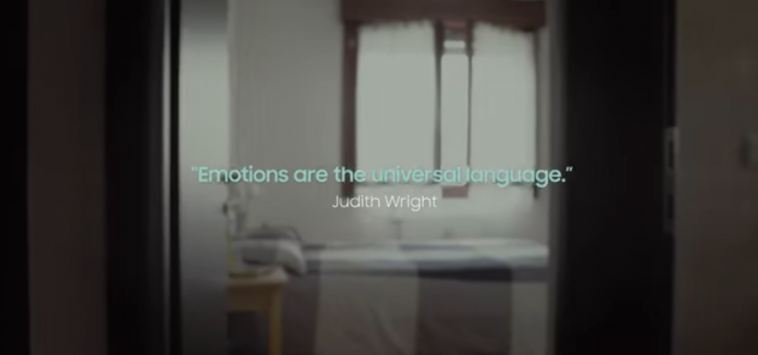In the 21st century, we encounter emojis on regular basis with our tech-savvy lifestyle. There is hardly any device or platform where you can interact without an emoji which speaks the ubiquity of this form of communication. This disorder is caused when brain regions responsible for language comprehensions and speaking are injured due to some reason. The popular cases for such issues are strokes but studies suggest that aphasia may occur due to brain tumors, traumatic brain injuries or due neurodegenerative diseases. But recently, emoji communication tool has been used by Samsung for introducing a new app named Wemogee.
This app is designed to help people with aphasia, a language-processing disorder which stops people from communicating with other easily. This app has been created by the Samsung Electronics Italia with speech therapist Francesca Polini. The Wemogee app helps to replace text phrases with a combination of emojis. This can be used as a messaging app or for face-to-face interactions by people with language disorders. For now, the app supports two languages i.e. English and Italian. It is expected to be available to users on April 28th whereas the iOS version will be introduced later. According to studies, people who suffer from this disease draw or use picture boards in order to communicate. This new app is designed to provide a faster and more adaptable method for such people to communicate.
The first of its kind emoji-based chat application Wemogee is designed with two modes i.e. visual and textual. For aphasic users, the emojis are arranged to convey more than 140 phrases that have been structured into six groups. The app translates the emoji combinations into text for non-aphasic users and then translates their response back in the form of emojis. It’s easier for aphasic users to understand emojis because its easy for them to show their emotions in the form of emojis. This app perfectly uses the gestures, images, and facial expressions into producing a language. This simple interface is a great way for aphasic patients to identify what they want to communicate by using a panel of visual options.
Via: Tech Crunch




